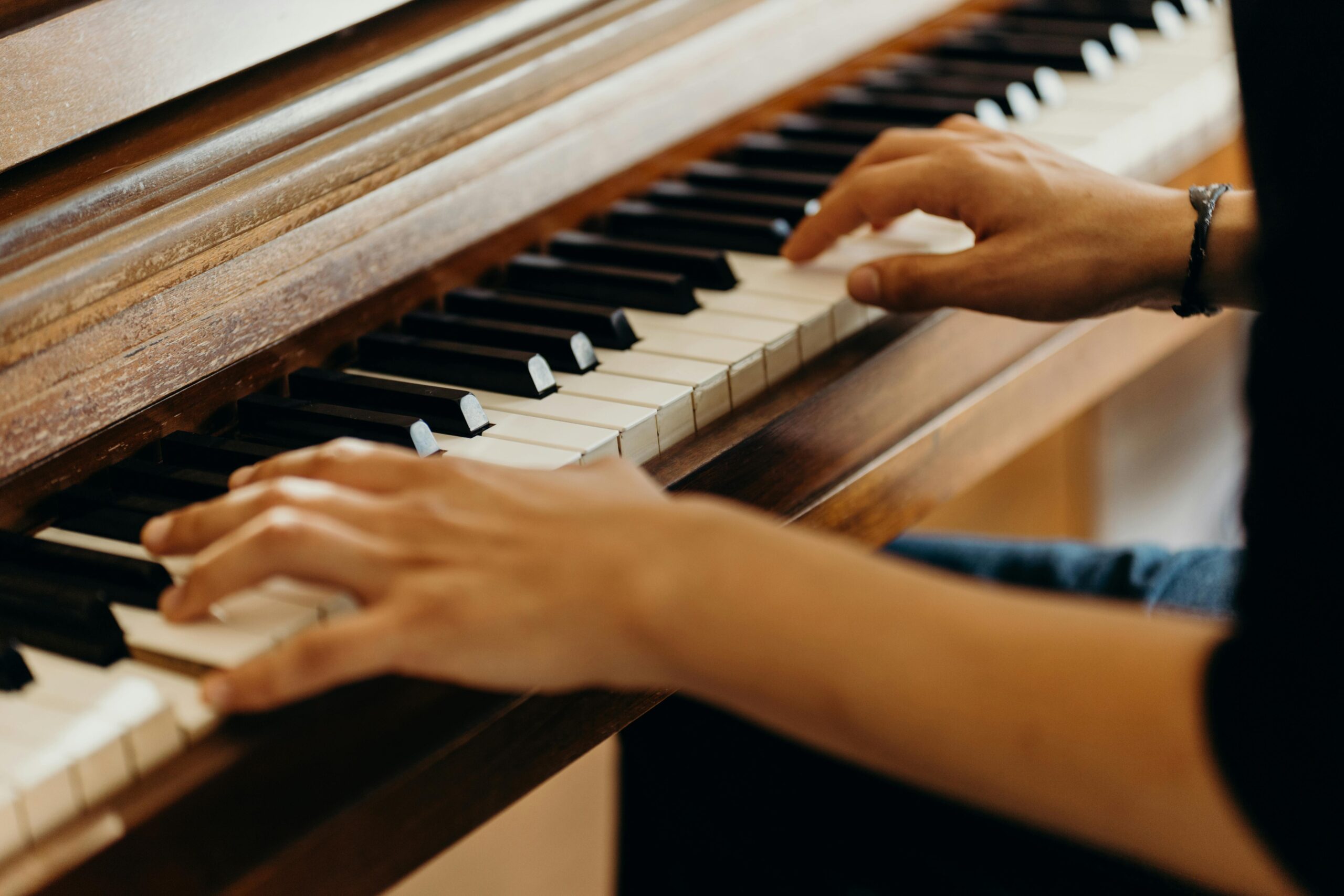The world of music creation has been transformed by the evolution of digital piano sound libraries, offering musicians of all levels the ability to bring their compositions to life with rich, expressive tones. These libraries are meticulously sampled from world-class acoustic pianos, capturing every nuance of timbre, resonance, and dynamic range. Whether you are scoring for film, composing orchestral pieces, or simply experimenting in a home studio, digital piano libraries provide an expansive palette of sounds that rival those of real concert grands. Unlike traditional keyboards, which may produce synthetic or static tones, high-quality digital piano sound libraries offer multi-layered samples, enabling smoother transitions between soft and loud notes and enhancing realism during performance. These libraries often include features such as sympathetic string resonance, pedal noise, and customizable microphone positioning, which replicate the experience of sitting in front of a physical instrument in a professional recording space.

For many musicians, portability and accessibility are key, and digital libraries eliminate the constraints of owning or accessing a physical grand piano. They allow for instant loading of different piano models from bright and clear Yamaha tones to the deep, velvety textures of a Steinway all within the same software environment. This flexibility can dramatically change the emotional character of a piece, depending on the piano selected. The realism and responsiveness of these libraries empower pianists to record performances with subtle dynamic shading and authentic sustain, capturing the essence of a live acoustic performance. Furthermore, integration with digital audio workstations means these sounds can be manipulated, layered with orchestral instruments, and enhanced with effects in ways that traditional pianos cannot support. For educators and students, digital libraries open doors to high-quality sound without the prohibitive cost or space requirements of acoustic pianos. Beyond functionality, these libraries serve as a source of inspiration.
The emotional depth and tonal variation they provide often spark new ideas and creative directions for composers and producers alike. As technology continues to evolve, sound designers push boundaries with innovations such as artificial intelligence-enhanced articulation, hybrid synthesis with other instruments, and deep customization tools. Ultimately, digital piano sound libraries represent a bridge between tradition and technology, preserving the soul of the piano while offering modern tools to express it. Whether you are a classical purist seeking authenticity or an experimental artist chasing new sonic landscapes, these libraries offer a dynamic and powerful way to breathe life into your music. By offering structured lessons, interactive feedback, and a wide range of resources, digital pianos allow players to accelerate their progress and enjoy the learning process. Whether you are a beginner or an experienced musician, these built-in tools can make a significant difference in how quickly and efficiently you can develop your musical abilities.